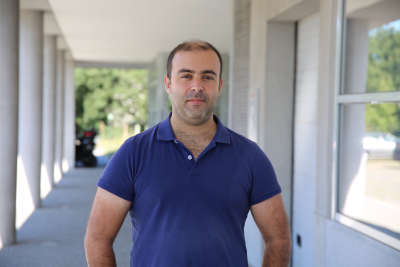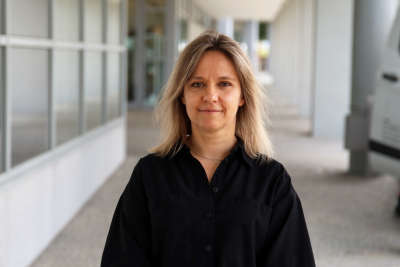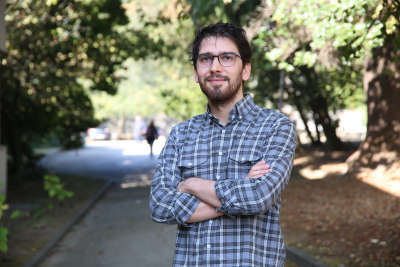Artificial Intelligence and Decision Support
At LIAAD, we work on the very strategic area of Data Science, which has an increasing interest worldwide and is critical to all areas of human activity. The huge amounts of collected data (Big Data) and the ubiquity of devices with sensors and/or processing power offer opportunities and challenges to scientists and engineers. Moreover, the demand for complex models for objective decision support is spreading in business, health, science, e-government and e-learning, which encourages us to invest in different approaches to modelling.
Our overall strategy is to take advantage of the data flood and diversification, and to invest in research lines that will help reduce the gap between collected and useful data, while offering diverse modelling solutions.
At LIAAD, our fundamental scientific principals are machine learning, statistics, optimisation and mathematics.







































